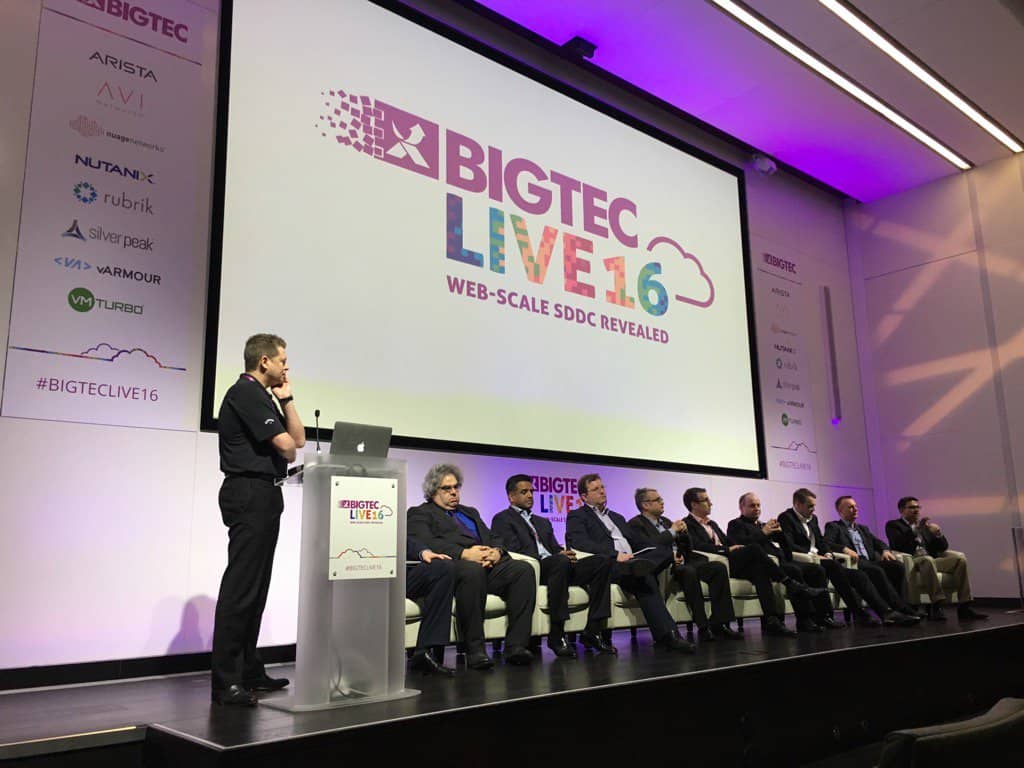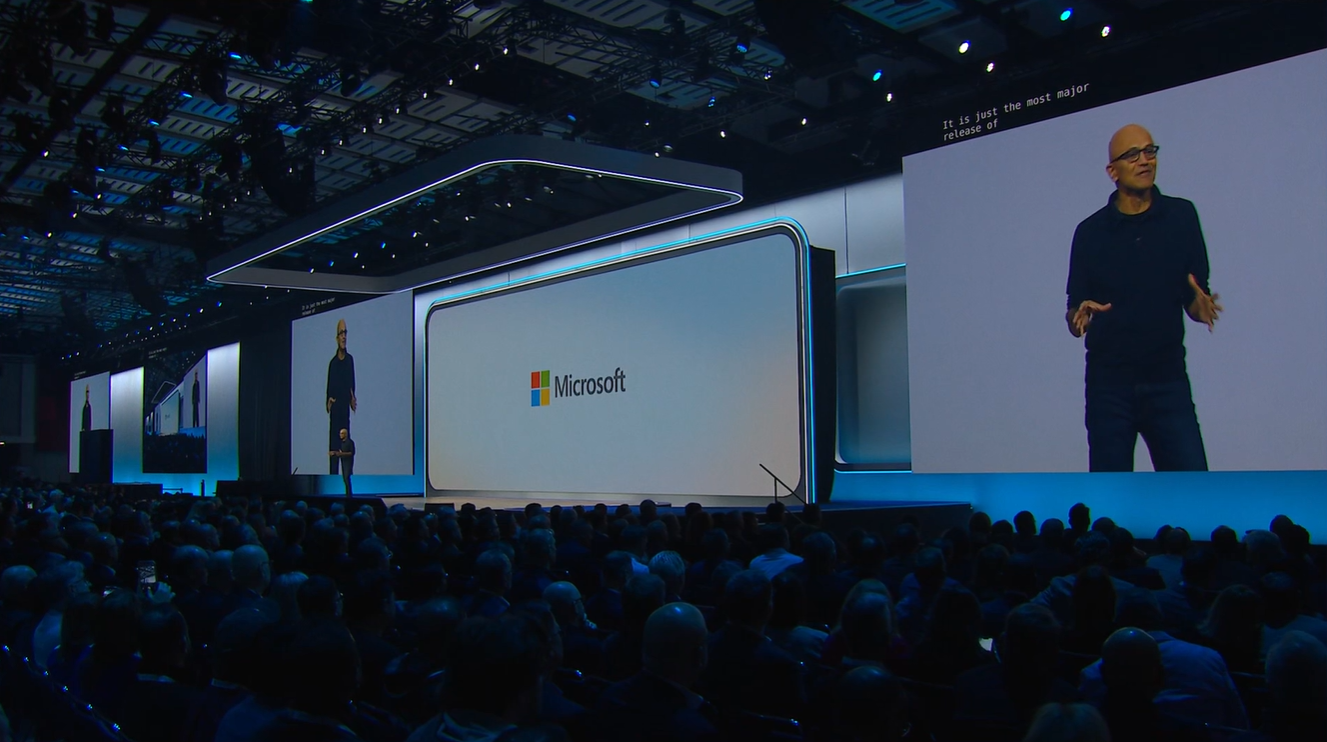The landscape is changing
There was a consensus that a business’s IT infrastructure is a unique but fragile environment; making changes, takes time and the level of manual intervention to simply keep the lights is high. The views were that an approach that involved buying monolithic appliances that sit in a rack until they run out of steam or are outgrown by the business isn’t the most effective use of money or resources. The revised vision should all be about having a platform whereby you pay for what you consume and you have the ability to scale up and scale out without replacing one piece of tin for a bigger version. The message was clear in that regard, the intelligence is in the software; treat the hardware as cattle, not pets, the analogy is a little crude but creates a sound argument. Pets are given unique names, they are irreplaceable and if they get sick, the world stops. Cattle could be described as functional, they are replaceable and the world doesn’t stop if they get sick. The parallel to this is that of a traditional infrastructure versus one that is defined by software with the idea that you run the software on commodity hardware wherever possible so that you have the flexibility to scale up, scale out and be as agile as possible. If elements of the hardware estate dies, you replace it without disruption. Another of the speakers used the analogy of a snowflake to emphasise the same thing; that IT infrastructure is unique, complex and fragile. They went onto say that it’s a high risk strategy and the sensible thing to do would be to eliminate as many of the snowflakes from your organisation as possible. Software defined and hybrid cloud approaches seem to be maturing and we were genuinely impressed by how this approach stacks up technically and commercially against traditional approaches. It was also evident that a new approach could have a profound impact on the business operation as a whole.
The business is driving investment decisions
Rory Barr from Nefelos did a particularly good job of highlighting the chess game happening in most businesses today. One of his slides was particularly eye catching, it read “Digital, the word the board uses when they want to talk about technology but don’t want to involve the CIO”. Rory’s point was based upon his experience that CIO’s face a battle with the people within the business that don’t care what the infrastructure looks like, they worry about service A, B or C and getting new services to their customers in the shortest time possible. If the rate of change isn’t quick enough, departmental heads are just investing in their own SaaS or cloud based services to get the job done. The wrestle for control therefore is very much on and he went onto say that CIO’s are fighting back and software defined and cloud approaches are their weapon of choice. Having technology that enables users in the business to have a cloud like experience driven by their own infrastructure is at the route of this and puts the CIO and IT department back in control.
Demands for simplicity and automation
Leading on from Rory’s session, there were insightful discussions regarding demands and drivers for investment in hybrid cloud and software defined technologies. There was a consistent statement that these new approaches would make things easier not just for the people running IT but for those that consume it too. Part of that simplicity is supported by the ability to automate many of the repetitive, manual processes that take up so much of an IT department’s time. There were some eye opening examples given about delayed service launches that were caused by long network provisioning lead times and what that delay cost the business in terms of lost revenues and unproductive human resources. The automation piece does buy back the technology department’s time but the real value here is in how agile a business can be and how quickly they can take services to market. Going from 10 week lead times to an almost instantaneous launch provides a fascinating platform for debate in the boardroom; with the CIO at the heart of it of course!
Capex vs Opex
A final highlight was on the gradual shift from a capital expenditure and depreciation investment cycle towards subscription models whereby you pay for what you consume. The concept of using a drop down menu to select the number of VM’s you want, the compute and network resources you need and for that be available instantaneously is quite compelling. That coupled with the fact that a business doesn’t need to over provision itself to account for the next 3 – 5 years and instead can create a predictable platform that grows with the business really adds to the argument. The ability exists now to receive the benefits of a software defined approach, whether that’s infrastructure hosted by you or consumed as a service. This presents some really interesting discussion topics for us as a business that has been in the infrastructure space for 20 years; its innovation that the industry has been crying out for and we’ll follow its progression closely from here on in. From a technology standpoint, we were particularly impressed with Rubrik, a technology which collapses the traditional data backup and retention architecture and makes the process of backup and recovery much less painful as well as Nutanix who are really leading the way in the Hyper-Convergence market place. Great job BigTec and their vendor partners for putting on such an informative event.

About the Author: Mike Starnes
Mike has worked in the IT Industry for over 20 years. If he's not talking technology, he'll be reading, playing football or trying to embarrass his daughters.



